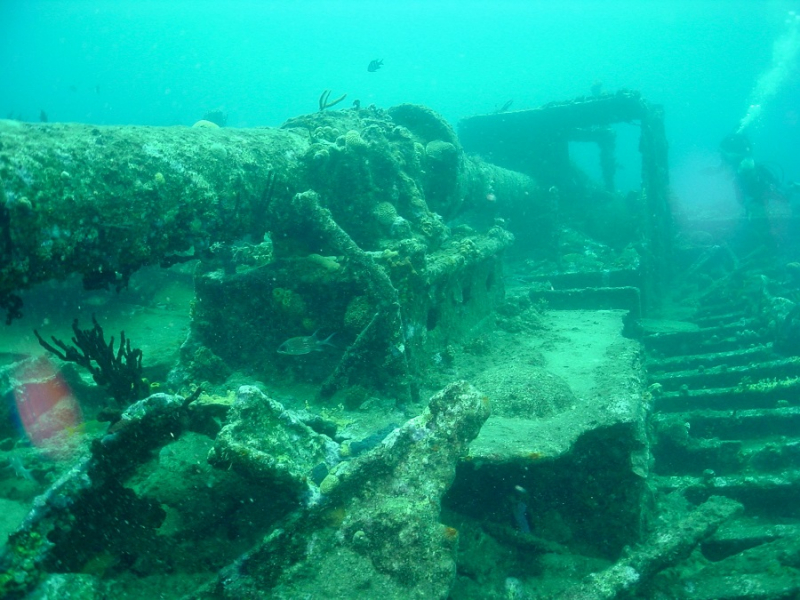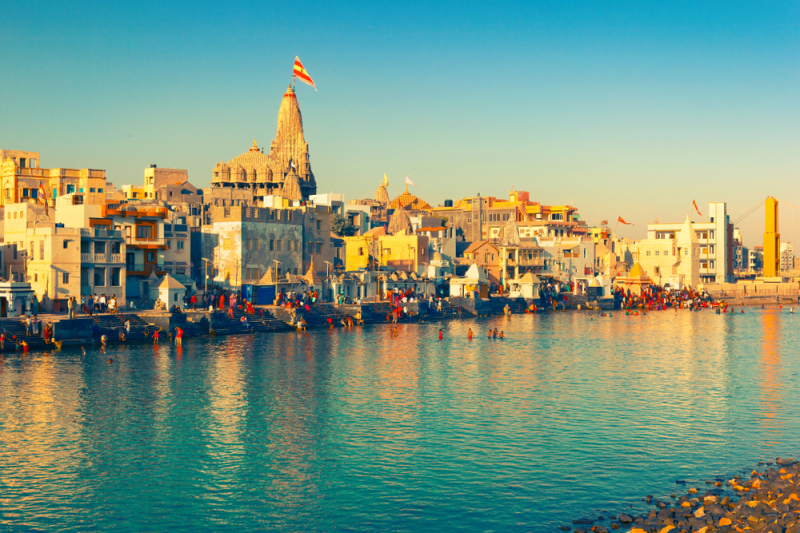Dwarka
Dwarka, an ancient Indian city, is revered in Hindu culture as the great and beautiful city of Krishna. Today, Dwarka is one of Hinduism's seven sacred places, with pilgrims flocking there each year to adore Krishna. Dwarka, an ancient Indian city, is claimed to have sunk into the Arabian Sea. Underwater archaeologists are now searching for the foundations of its city walls in order to verify its existence.
The hunt for the underwater portion of the island began in the 1930s, with the first archaeological excavation taking place in 1963. During the second dig, led by an underwater archaeologist, numerous ancient relics were discovered, as well as the submerged remnants of the ancient Dwarka. Excavations in the Dwarkadhish Temple Complex in 1979 discovered three temple remains. At Dwarka, eight settlements can be identified. The first settlement was established in the 15th century B.C. The first one, made in the 10th century B.C., was submerged or washed away, as was the second one. After a long absence, the third village was established in the first century B.C./A.D. as the Red Polished Ware and copper coins known as Karshapanas imply.
Underwater archaeological explorations in Dwarka, Bet Dwarka, and Somnath seas were conducted virtually every year between 1983 and 1992. Subsequent underwater investigations off Dwarka in water depths ranging from 4 to 12 meters have revealed the presence of a number of submerged stone building blocks such as remains of walls, pillars, and bastions, as well as stone anchors of various types such as three-holed, prismatic, and triangular.
Dwarka has an area of around 9,80,000 sq. m area was examined off Samudranarayana Temple, with sea depths ranging from 3 to 12 m. The Late Indus type seal, chert blades, an inscribed votive jar, 3-holed stone anchors, a stone mold, an Olpin with loop handle, and a sprinkler-neck in pottery are all essential antiquities for dating and defining the cultural sequence of the sunken towns of Dwarka and Bet Dwarka. The proposed chronological sequence based on antiquities is supported by various ceramic wares.
Location: on the western shore of the Okhamandal Peninsula
Depth: 3 to 12m
Dating: 3,000 to 6,000 years












